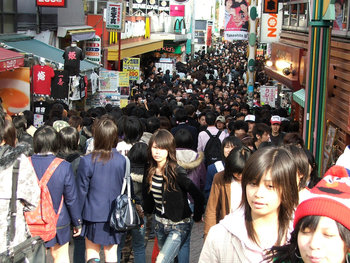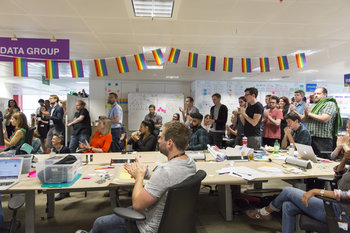
Calculation
Cost effectiveness is calculated as the ratio of cost to benefit.cost effectiveness = cost / benefitThe benefit here is usually non-financial as techniques such as cost-benefit analysis or return on investment are used for a purely financial analysis.Health
A program to fight infectious disease in a developing country costs $2 million per year and is estimated to save 4400 lives.cost per life saved = (2,000,000/4400) = $454.54Air Quality
A program to improve air quality in a city improves average atmospheric particulate matter from 110 PM2.5 to 100 PM2.5. The program costs $40 million dollars.cost per PM2.5 improvement = 40,000,000 / (110 - 100) = $4 million per PM2.5 improvementIt might be possible to translate this into health benefits such as increased life expectancy for millions of people with enough data.Transport
Transportation strategies can be compared with cost effectiveness metrics such as cost per mile. This may include costs such as energy, the value of people's time, environmental impact and the cost of capital such as trains and roads. For example, a bicycle that costs $200 and can be used for 1500 miles.cost per mile = ($200 / 1500) = $0.13 / mileIf you include the cost of people's time at $40 an hour and the assumption a bicycle can travel 13 miles an hour in traffic.cost per mile = $0.13 + ($40/13) = $3.93 / mileBicycles generally don't cause much environmental damage so this cost is close to zero. Cost per mile can be used to compare bicycles to other forms of transport including all costs related to capital, land, infrastructure, operations, energy, environmental impact, people's time and quality of life.| Overview: Cost Effectiveness | ||
Type | ||
Definition | A category of metrics that are used to measure the results of strategies, programs, projects and operations where benefits are non-financial. | |
Related Concepts | ||




























